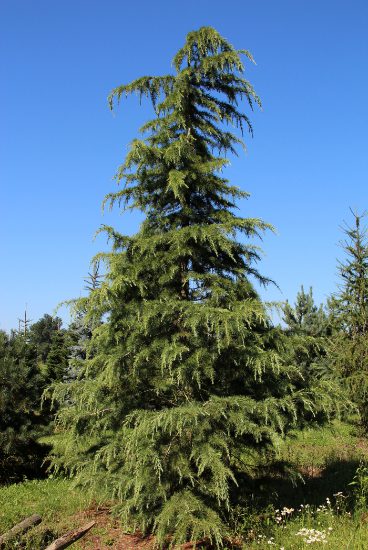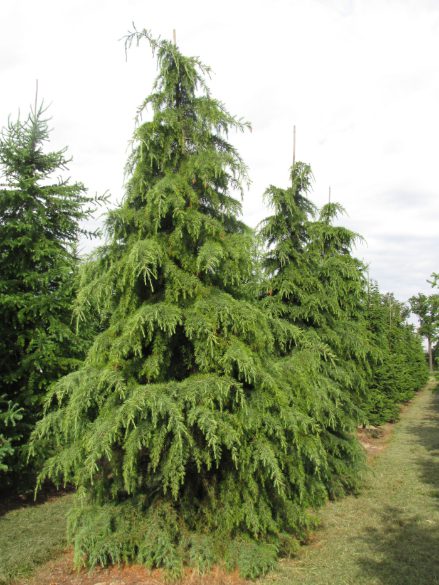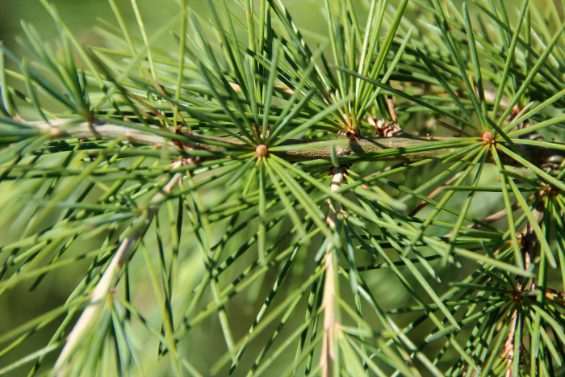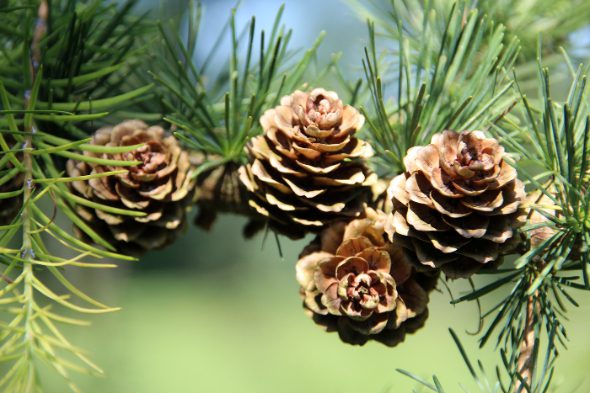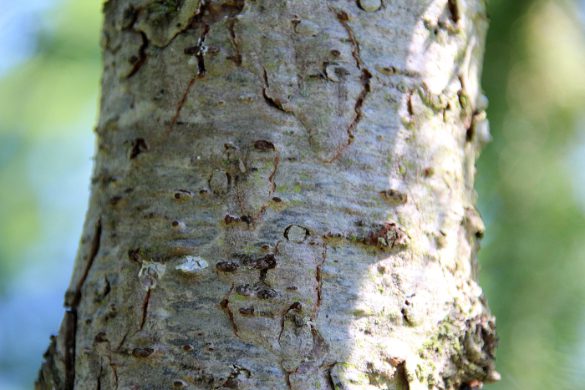Cedrus deodara | Deodar Cedar
The Cedrus deodar is a large, elegant and evergreen conifer, native to the Himalayas. This tree has a distinctive central leader and pyramidal shape when young. On maturity the shape broadens out to a wide-spreading specimen with drooping, pendulous branches. The long leaves are needle-like, soft blue-green and grow in dense clusters. When the tree matures it develops barrel-shaped cones on top of the branches. Female cones are rounded and disintegrate in about 12 months to release winged seeds. Male cones are smaller and shed pollen in autumn. The Cedrus deodara will grow in well-drained soil and thrives best in full sun and wide open spaces, but doesn't like wet conditions. This magnificent tree was introduced to the UK in 1831 during the reign of George IV and is still planted as a specimen, ornamental tree in parks and large gardens.

